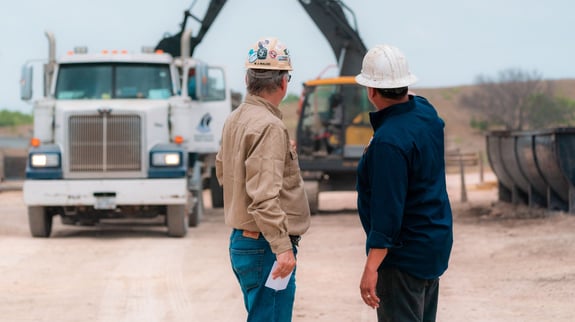
HAUL OFF & DISPOSAL
Proper disposal of fluids and cuttings is essential for keeping your wellsite in compliance and your operations on schedule. Panther brings extensive experience coordinating safe, efficient haul-off and disposal across major U.S. basins.
From choosing the right disposal method to sourcing permitted facilities and routing trucks, our team manages every step with safety, environmental responsibility, and attention to detail. You get a streamlined process without the administrative burden.
Let the Big Cats handle the haul-off and disposal, so you can stay focused on the well.
WHY HAUL-OFF AND DISPOSAL MATTERS
Haul-off and disposal may happen after drill cuttings and fluids leave the shaker, but the impact of doing it right—or wrong—can last far longer.
Delays, permit issues, or improper disposal can trigger regulatory problems, damage local environments, or grind operations to a halt. And when you’re drilling in sensitive or high-traffic areas, the margin for error gets even smaller.
That’s why haul-off and disposal isn’t just a logistics task. It’s an important part of your total fluid management program. The right partner will handle the details, from selecting permitted sites to coordinating trucks and completing documentation, so your team can stay focused on drilling.
At Panther, we understand the risks because we’ve solved them, both onshore and offshore, and everywhere in between.
OUR HAUL-OFF & DISPOSAL PROCESS
Every load. Every detail. Here’s how Panther handles haul-off and disposal right:
We begin by identifying fully permitted disposal sites appropriate for your drilling fluids and cuttings. Every site in our regional network is vetted to meet environmental and regulatory standards, so you can offload with confidence.
DISPOSAL METHODS FOR DRILLING FLUIDS AND CUTTING
After removal from the wellsite, drilling fluids and cuttings must be transported to licensed disposal facilities and processed according to all applicable environmental regulations.
At Panther, we handle the entire disposal process, selecting the right method based on waste type, project location, and regulatory requirements. Here are the most common disposal methods used in oil and gas operations:

Landfarms
Biodegradation through soil treatment
Waste is spread and mixed into designated plots of land, where microbes break it down naturally over time. This method is best for water-based muds and cuttings with lower contamination levels.
- Suitable for onshore operations
- Tills cuttings/mud into licensed soil
- Uses anaerobic bacteria to degrade hydrocarbons
- Located away from residential and groundwater areas
- Cost-effective with natural remediation benefits
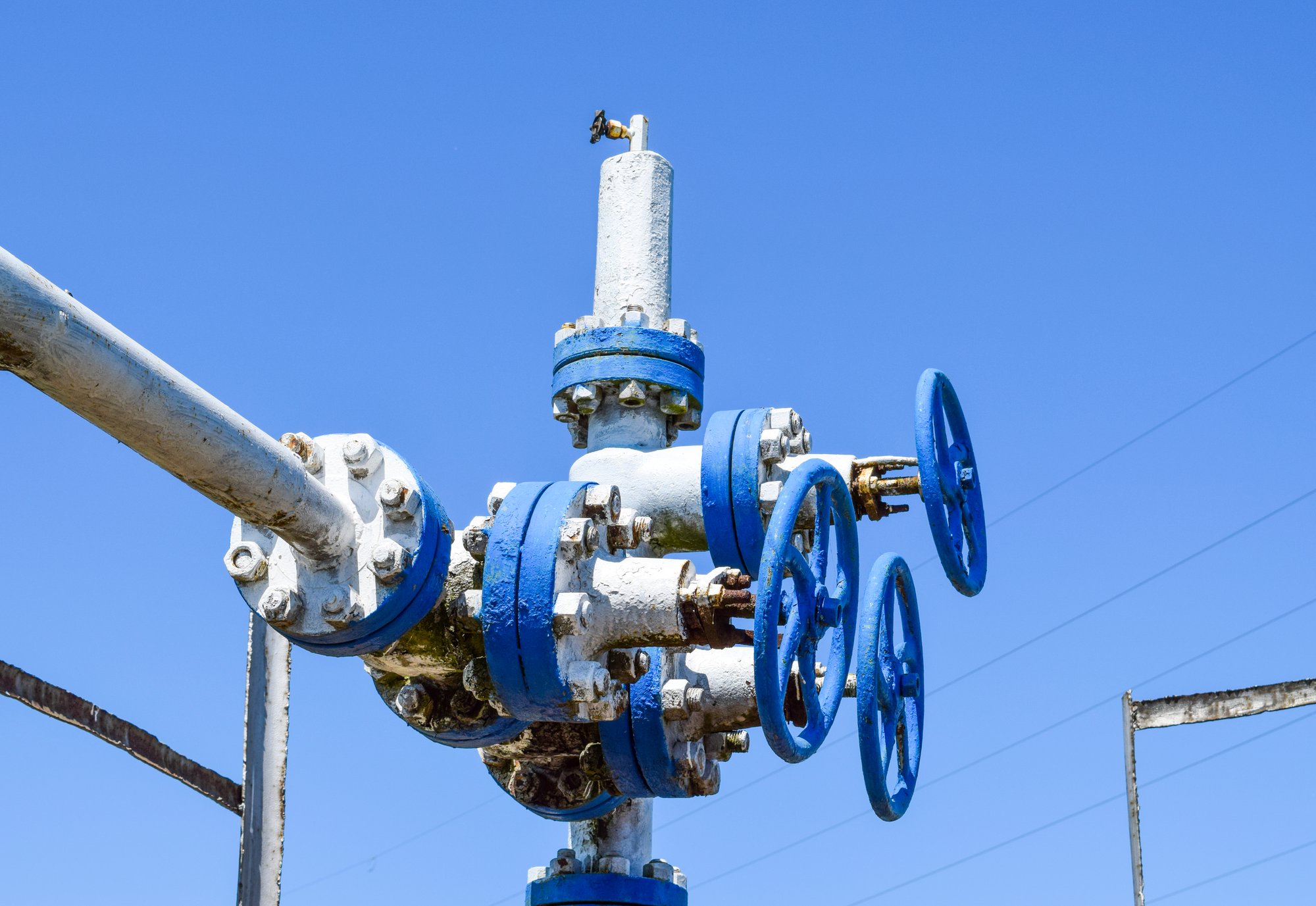
Injection Wells
Deep subsurface disposal
Fluids are mixed into a slurry and injected into permitted geologic formations. This method is highly regulated and suitable for high-volume or contaminated fluids.
- Grinds cuttings into fine slurry for subsurface injection
- Requires fully permitted disposal wells/caverns
- Avoids groundwater horizons
- No surface storage needed; minimal surface impact
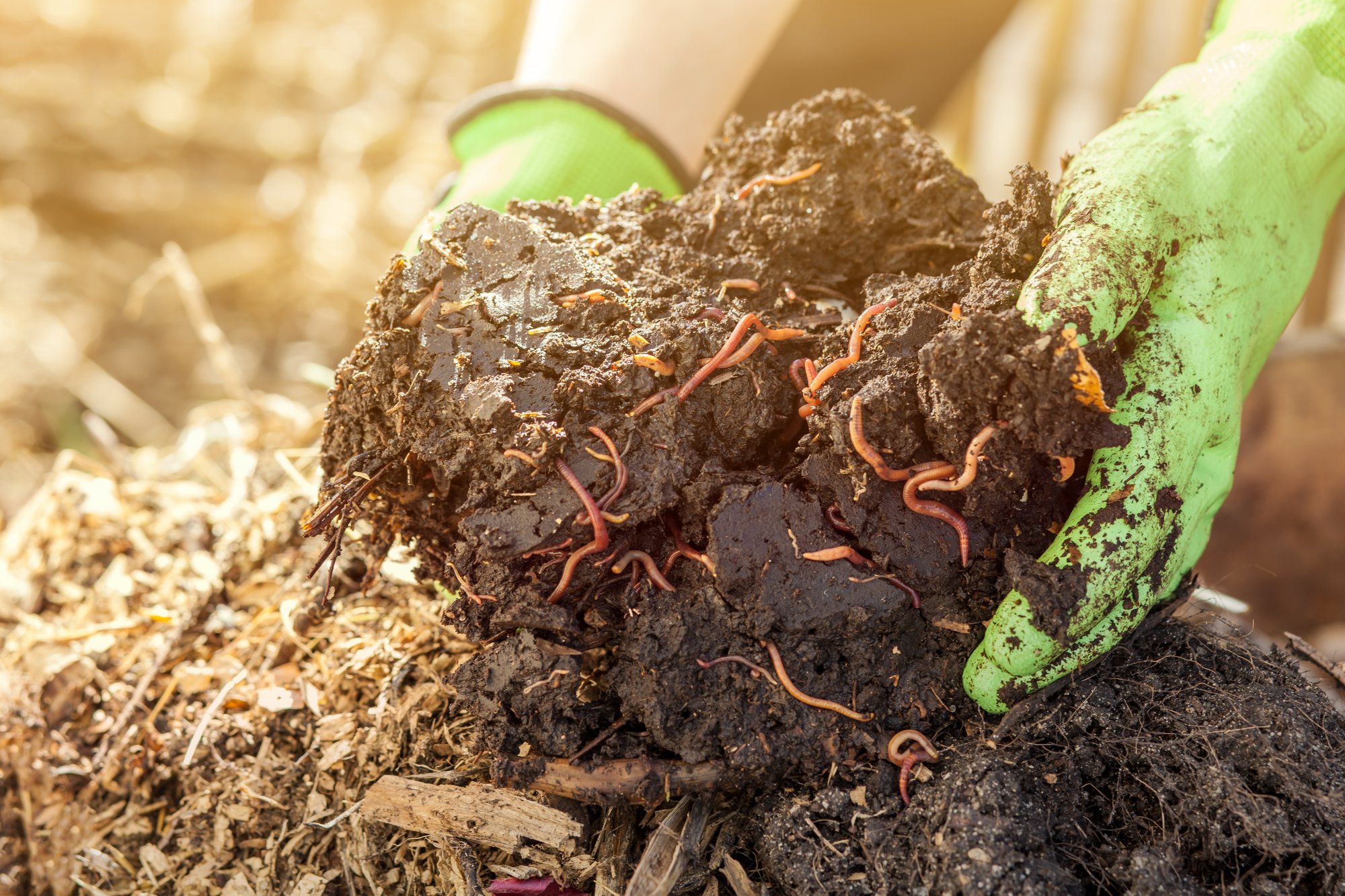
Biodegradation
Microbial treatment on controlled pads
For smaller volumes or environmentally sensitive areas, biodegradation breaks down organic components with the help of oxygen, water, and nutrients. Often used when landfarm access is limited.
- Used for small volumes of cuttings
- Adds nutrients and aeration to support microbial breakdown
- Requires frequent turning and time-intensive monitoring
- Environmentally friendly but slow
- Not scalable for high-volume wells
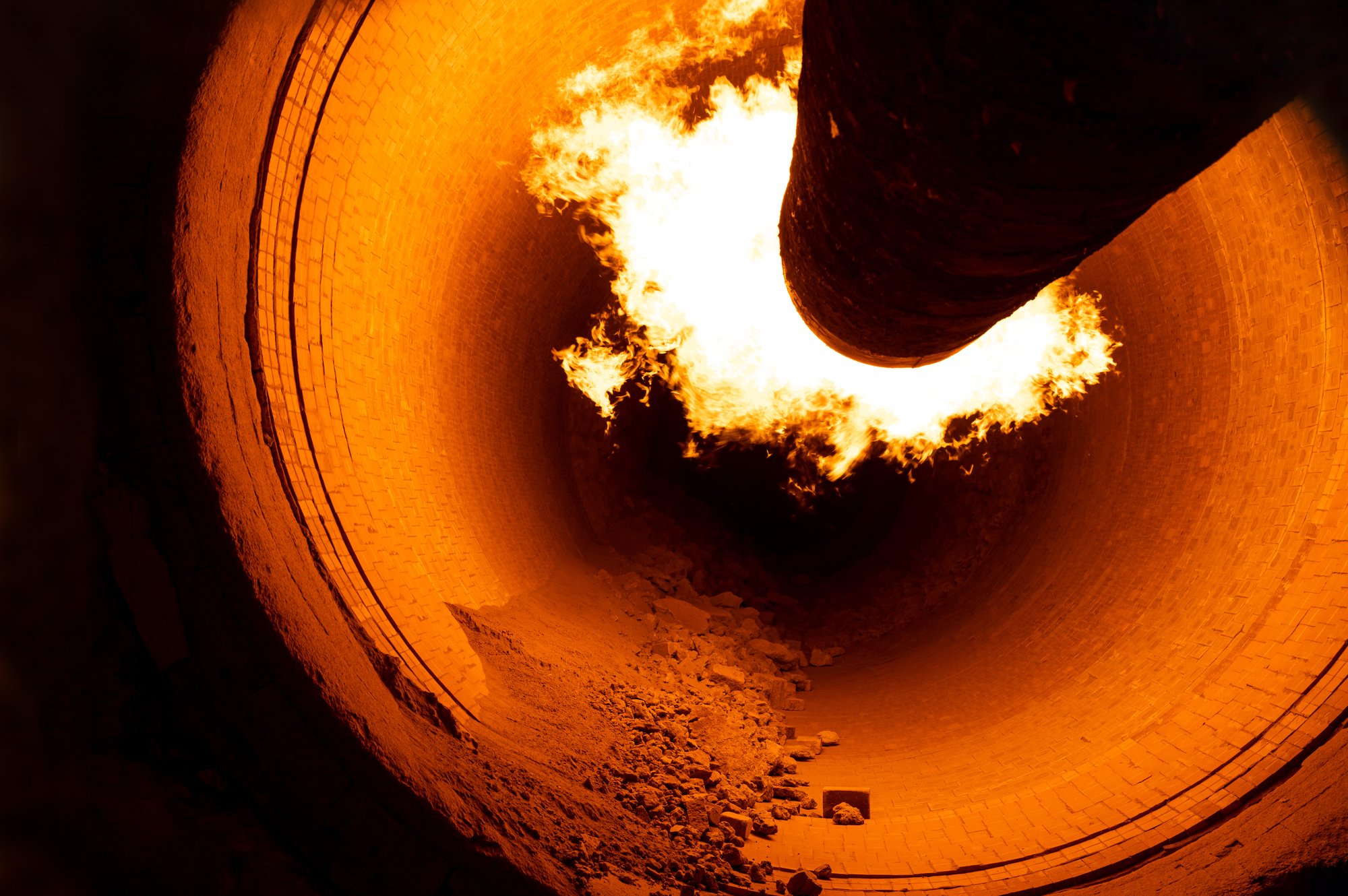
Incineration
High-temperature destruction
Used or specific waste streams that require thermal destruction. Incineration reduces volume and eliminates hazardous components, but may be more expensive and tightly regulated.
- Burns cuttings at high temps
- Not widely used due to air emissions
- Safety concerns with heat source
- Requires high-efficiency equipment
- Permitted facilities only
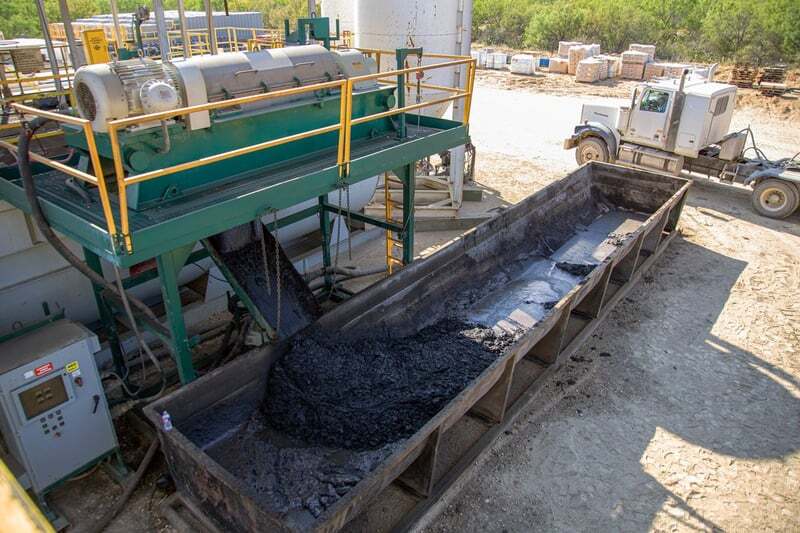
Solidification
Stabilization into solid material
Liquid waste is combined with additives like cement or fly ash to create a stable solid form. This method reduces leaching risk and is often used when landfill or reuse is the final step.
- Can be repurposed (e.g., road base) or buried at authorized sites
- Provides physical containment of waste
- Adds weight and volume
- Requires additional handling and transport
To explore how these methods apply in the field and the regulations that shape them, read our blog written by a Panther expert: “Drilling Waste Management – A Look at Disposal Methods and Regulatory Considerations.”
HAUL-OFF & DISPOSAL CONSIDERATION BY ENVIRONMENT
The right haul-off and disposal strategy depends on where you’re drilling. Urban settings, rural basins, and offshore rigs all require different methods, equipment, and routes. Here’s how Panther adapts to each.
URBAN WELLSITES
Tight locations, strict regulations, and community proximity make precision essential.
- Routing avoids schools, neighborhoods, and traffic congestion
- Disposal sites must be fully permitted and close to reduce traffic
- Special emphasis on noise, dust, and environmental controls
REMOTE BASINS
More space, but often longer distances to disposal; logistics must scale with drilling speed.
- Safe, direct routes mapped to avoid difficult terrain
- Emphasis on timely pickup and maintaining disposal schedules
- Opportunity to use regional landfarms or repurpose materials
ECO-SENSITIVE AREAS
Near waterways, protected lands, or agricultural zones; regulatory compliance is non-negotiable.
- Permitted disposal sites vetted for environmental safeguards
- Extra documentation and compliance oversight required
- Mitigates risk of contamination and long-term liability
OFFSHORE OPERATIONS
Disposal must happen on the rig or be shipped back onshore; volume, safety, and emissions are key.
- Requires heat-safe, high-efficiency systems
- Strict control of emissions and offshore safety protocols
- Supplemented with cuttings transport to onshore sites
Every site has unique constraints, but Panther brings a flexible, proven playbook to every job.
PANTHER IN ACTION
 When a Texas Gulf Coast operator prepared to drill a directional well just outside Houston city limits, minimizing truck traffic and avoiding any safety or environmental issues was critical. With strict oversight and limited space, they needed a haul-off and disposal partner they could trust.
When a Texas Gulf Coast operator prepared to drill a directional well just outside Houston city limits, minimizing truck traffic and avoiding any safety or environmental issues was critical. With strict oversight and limited space, they needed a haul-off and disposal partner they could trust.
Our team delivered a total fluid management solution, including drilling fluids, solids control, a closed-loop system, and end-to-end haul-off and disposal planning. We worked within the urban footprint to optimize equipment placement and mapped truck routes that avoided heavy traffic while meeting all regulatory requirements.
The result? A clean, successful well with no environmental incidents, smooth drill cuttings transport, and on-spec fluids ready for reuse.
WANT TO SEE HOW PANTHER DELIVERS RESULTS?
WHY CHOOSE THE PANTHER COMPANIES
At Panther, haul-off and disposal are a vital part of total fluid management, not just a box to check. Our team plans every detail to keep your drilling program safe, compliant, and on schedule. The Panther team provides the following:
- Experience coordinating haul-off across all major U.S. basins
- Vetted, fully permitted disposal sites and trucking partners
- Route planning that avoids delays and reduces traffic impact
- Real-time support and responsive scheduling
- A single point of contact for all fluids and waste services
START YOUR PROJECT WITH PANTHER
Successful haul-off and disposal begin with a solid plan. Whether you’re drilling in a remote basin or near city limits, our team works with you to build a program that meets regulations, avoids downtime, and keeps your operation moving.
Reach out today to get started.
